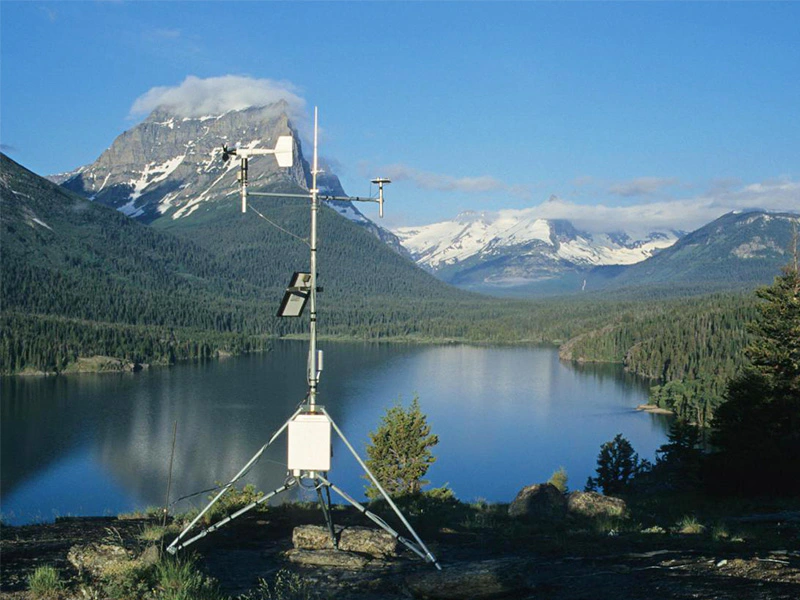What is a Weather Station?

# What is a Weather Station?
A weather station is a facility equipped with instruments and sensors designed to measure various atmospheric conditions. These measurements help in monitoring and predicting weather patterns, which are crucial for a wide range of applications, from agriculture to aviation.
## Components of a Weather Station
A typical weather station includes several key components:
– Thermometer: Measures air temperature.
– Barometer: Records atmospheric pressure.
– Hygrometer: Determines humidity levels.
– Anemometer: Measures wind speed.
– Wind Vane: Indicates wind direction.
– Rain Gauge: Tracks precipitation amounts.
## Types of Weather Stations
Weather stations can be categorized based on their location and purpose:
– Personal Weather Stations: Used by individuals for local weather monitoring.
– Professional Weather Stations: Installed by meteorological organizations for accurate data collection.
– Automated Weather Stations: Operate without human intervention, often in remote areas.
## Importance of Weather Stations
Weather stations play a vital role in various fields:
– Agriculture: Helps farmers plan irrigation and planting schedules.
– Aviation: Ensures safe flight operations by providing real-time weather data.
– Disaster Management: Aids in predicting and mitigating natural disasters like hurricanes and floods.
– Research: Provides data for climate studies and environmental research.
## How Weather Stations Work
Weather stations collect data through their sensors and transmit it to a central database or display unit. Advanced stations may use wireless technology to share data in real-time, allowing for immediate analysis and forecasting.
### Conclusion
In summary, a weather station is an essential tool for understanding and predicting weather conditions. Whether for personal use or large-scale meteorological research, these stations provide invaluable data that impacts our daily lives and long-term planning.
Keyword: what is a weather station